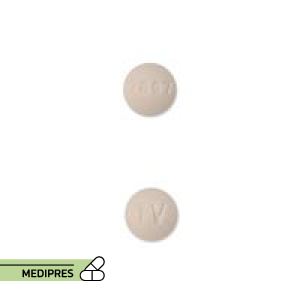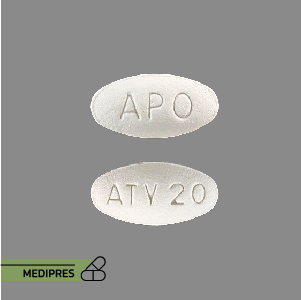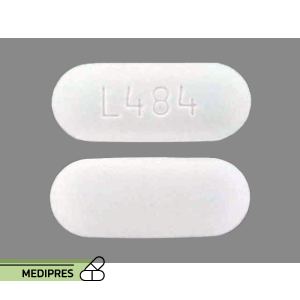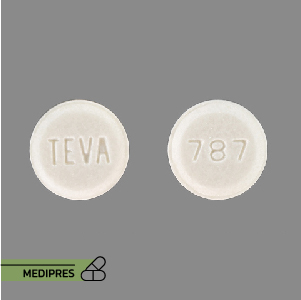
Amiloride
23 June, 2023
Amoxicillin
23 June, 2023Amlodipine, hydrochlorothiazide, and valsartan
Generic name:
Amlodipine, hydrochlorothiazide, and valsartan
Drug class:
Combination antihypertensive agent consisting of:
- Amlodipine – Calcium channel blocker (dihydropyridine)
- Hydrochlorothiazide – Thiazide diuretic
- Valsartan – Angiotensin II receptor blocker (ARB)
Dosage form:
- Oral tablets
- Fixed-dose combination tablets containing various strengths of amlodipine, hydrochlorothiazide, and valsartan
Root of administration:
Oral
Dose:
- Amlodipine: commonly 2.5–10 mg once daily
- Hydrochlorothiazide: commonly 12.5–25 mg once daily
- Valsartan: commonly 80–320 mg once daily
- Fixed-dose combinations vary; typical doses include:
- Amlodipine 5 mg / hydrochlorothiazide 12.5 mg / valsartan 160 mg
- Amlodipine 10 mg / hydrochlorothiazide 25 mg / valsartan 320 mg
- Dosing titrated according to blood pressure response and tolerance
- Varies by indication; consult label.
Mechanism of action:
The combination reduces blood pressure by three complementary mechanisms:
- Amlodipine: inhibits L-type calcium channels in vascular smooth muscle causing vasodilation and decreased peripheral resistance
- Hydrochlorothiazide: inhibits sodium and chloride reabsorption in the distal convoluted tubule, promoting diuresis and reducing plasma volume
- Valsartan: selectively blocks angiotensin II type 1 receptors, preventing vasoconstriction and aldosterone-mediated sodium and water retention
Drug usage cases:
- Essential hypertension management
- Patients not adequately controlled with monotherapy or dual therapy
- Reduction of cardiovascular risk associated with hypertension
- Off-label uses: Varied; consult label.
Drug contra indications:
- Hypersensitivity to amlodipine, hydrochlorothiazide, valsartan, or formulation excipients
- History of angioedema related to previous ARB therapy
- Severe hepatic impairment or cholestasis (caution with amlodipine)
- Severe renal impairment, anuria
- Hyperkalemia
- Concomitant use with aliskiren in patients with diabetes mellitus or renal impairment
- Pregnancy (especially second and third trimesters)
Side effects:
- Dizziness
- Peripheral edema (especially due to amlodipine)
- Hypotension
- Headache
- Fatigue
- Palpitations
- Flushing
- Electrolyte disturbances: hypokalemia, hyponatremia (due to hydrochlorothiazide)
- Increased uric acid, possible gout exacerbation
- Renal impairment or worsening renal function
- Hyperkalemia (due to valsartan)
- Gastrointestinal complaints: nausea, abdominal pain
- Rash or other allergic reactions
- Muscle cramps or weakness
- Photosensitivity (related to hydrochlorothiazide)
- Angioedema (rare but serious, related to valsartan)
- Orthostatic hypotension
- Sexual dysfunction (rare)
Warnings:
- Monitor blood pressure regularly; risk of symptomatic hypotension
- Monitor renal function and electrolytes periodically
- Caution in patients with heart failure or severe coronary artery disease
- Risk of volume depletion and electrolyte imbalance with hydrochlorothiazide
- Risk of hyperkalemia with concomitant use of potassium supplements or potassium-sparing diuretics
- May cause fetal harm; discontinue as soon as pregnancy detected
- Use caution in patients with hepatic impairment
- Concomitant use with other antihypertensives may require dose adjustment to avoid hypotension
- Avoid in patients with known hypersensitivity or angioedema history with ARBs or calcium channel blockers
- Photosensitivity precautions advised due to hydrochlorothiazide
Use during pregnancy or breastfeeding:
Pregnancy: The combination is contraindicated during the second and third trimesters due to the risk of fetal toxicity, including fetal renal dysfunction, oligohydramnios, skull hypoplasia, neonatal renal failure, hypotension, and death. Use during the first trimester is generally avoided unless no safer alternative exists. Women of childbearing potential should use effective contraception during treatment.
Breastfeeding: Valsartan and amlodipine are excreted in breast milk in small amounts; hydrochlorothiazide is also excreted and may inhibit milk production. Because of potential adverse effects on nursing infants (hypotension, electrolyte disturbances), breastfeeding is generally not recommended during treatment. If treatment is necessary, monitor the infant closely.



